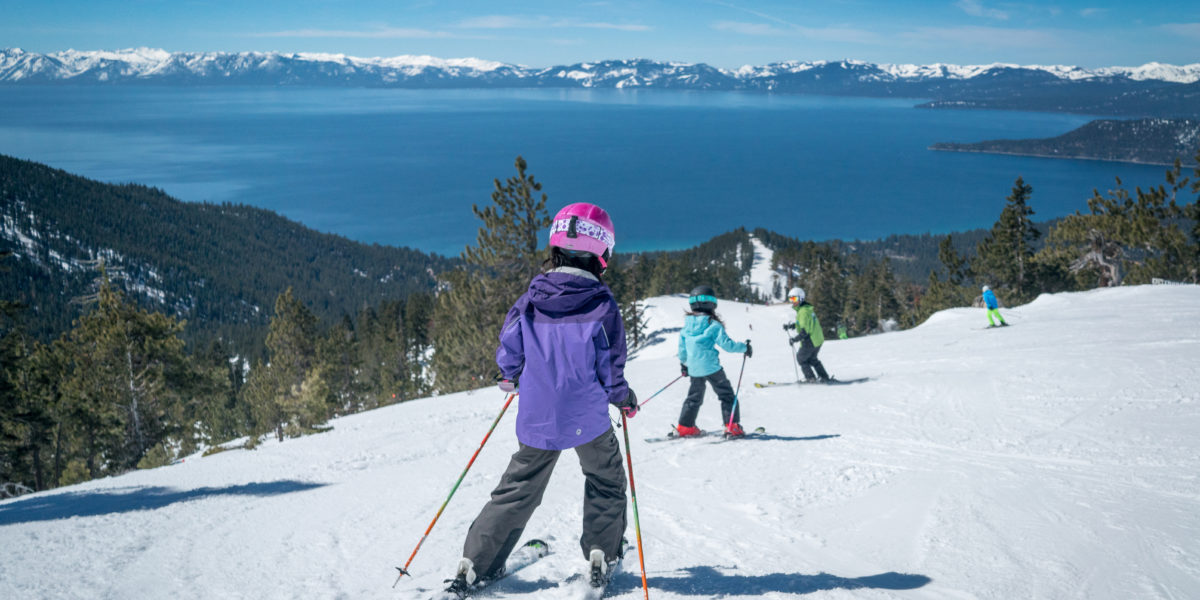
Squaw Valley Becomes Second Calif. Resort to Say It Will Keep Ski Slopes Open into July
All the winter rains will have a huge payoff: an extended skiing season

Courtesy of Mountain Riders Alliance
If spring skiing in California means hitting the slopes in shorts and a T-shirt, what do you wear for summer skiing? A swimsuit?
Ski enthusiasts might find themselves confronted with this question in July. Squaw Valley Alpine Meadows announced plans Wednesday to stay open until at least July 7 due to record snowfall in the Tahoe Basin. The resort reports it has received 596 inches of snowfall since October 1, already surpassing its annual average of 450 inches.
While relentless storms have made getting to the Sierra Nevada more difficult this year, the payoff is the ski resorts have benefited from the snow dump and are extending their seasons.
Last month, Mammoth Mountain in California’s Central Sierra Nevada said it will run lifts until at least July 4, and last week Vail Resorts extended seasons at Heavenly, Northstar and Kirkwood by about a week into late April.
The last time Squaw and Mammoth were open in July was 2017, another big year for snow (see photos from summer skiing in 2017 in the gallery above).
MORE: The Sierra snowpack doubled in size in February: These photos prove it The storms slamming California have dumped impressive amounts of snow since the start of the year, pushing snowfall levels to above historic averages.The California Department of Water Resources reported last week in its monthly snow survey that the Sierra snowpack is now 153 percent of average to date. (For comparison, the snowpack was 67 percent of average on Jan. 1, 2019.)
A manual measurement at Phillips Station off Highway 50 near Sierra-at-Tahoe found a snow depth of 113 inches and a snow water equivalent of 43.5 inches, more than double what was recorded there in January.
Snow water equivalent is the depth of water that theoretically would result if the entire snowpack melted instantaneously, according to DWR. It’s a key number used by water managers across the state to estimate anticipated spring runoff.
